Collections
Filters
-
Collection Type
-
-
Collection |
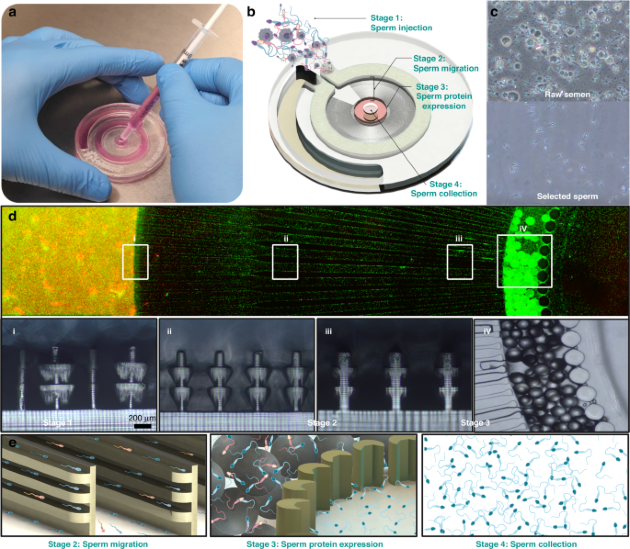 Selected papers on Micro- & Nanofluidics in 2023
Selected papers on Micro- & Nanofluidics in 2023
Micro- and nanofluidics is a field dedicated to the precise manipulation and control of fluids at the micro and nanoscale. In the realm of biological and medical applications, micro- and nanofluidics platforms integrate multiple functionalities into compact and portable devices, enabling rapid and accurate analysis of biological samples with minimal volume. They are crucial in developing miniaturized diagnostic tools for diseases like cancer, infections, and genetic disorders. Moreover, micro- and nanofluidics find utility in diverse areas such as chemistry, materials science, and environmental monitoring. Ongoing research advances fabrication techniques, enhances device performance, and explores new applications.
-
Collection |
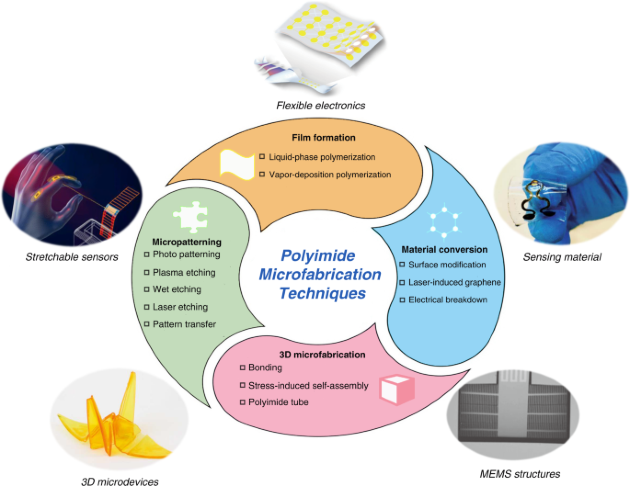 Selected papers on Micro-fabrication in 2023
Selected papers on Micro-fabrication in 2023
Fabrication is the base of Micro and nano device, and can affect the performance of them. The limits usually contains metrials, methods, and equipment. The first two items usually can improve the performance of special device, they are optimized under specific application scenarios. Besides, equipments are the core of fabrication, so lots of efforts have be done to push the limits.
-
Collection |
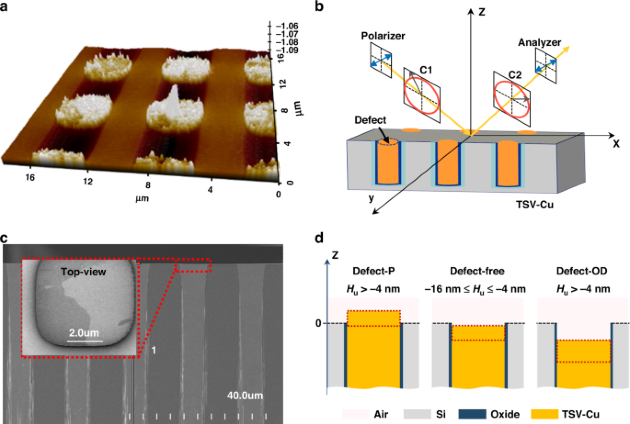 Selected papers on New Opportunities for MEMS/NEMS in 2023
Selected papers on New Opportunities for MEMS/NEMS in 2023
AI has been a hotspot in recent years, and it has shown us some outstanding performance. Researchers of many fields attempt to make use of AI of improve the performance or even find new solutions to stubborn problems. Here, intelligent algorithms are applied to assist in micro-fabricating process. Besides, micro-structure can also be used to achieve computation which has the possible of overcoming the limits of physical manufacturing.
-
Collection |
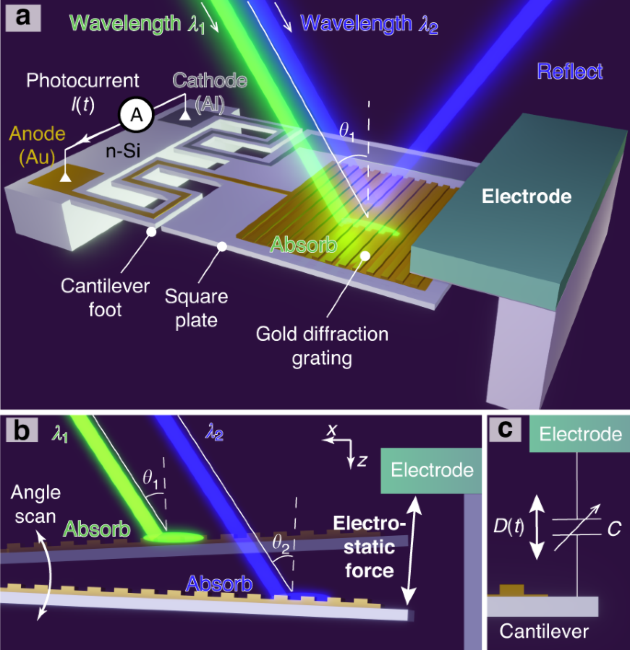 Selected papers on Wave-based MEMS devices in 2023
Selected papers on Wave-based MEMS devices in 2023
There is a wave everywhere, they are used to achieve many novel applications. According to the characteristics of the wave, they are divided into three subjects which including optical, RF and nano-scale imaging. MEMS-based optical device promotes the miniaturization and high efficiency of applications, for example, solar cells and radars, so it has been a hotspot for a long time. MEMS-based RF device plays a important role in 5G and even 6G, so a lot of studies still needed to be done. What' more, nano-scale imaging shows the possible of wave-based imaging technique.
-
Collection |
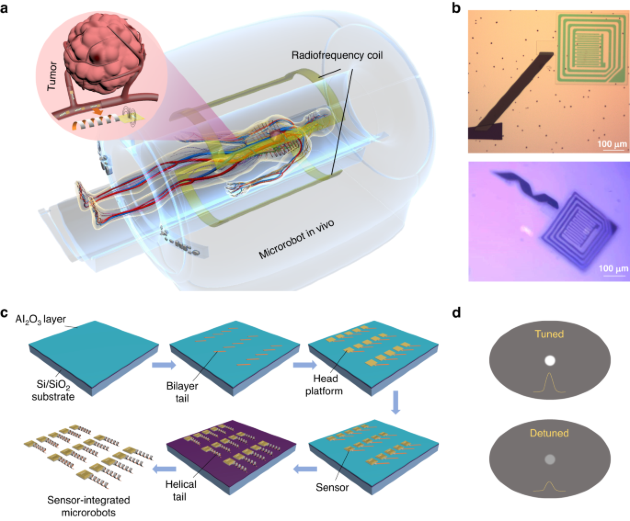 Selected Papers on Physical Devices in 2023
Selected Papers on Physical Devices in 2023
Physical sensors and actuators are key components in the field of MEMS. Sensors measure and detect physical quantities, while actuators enable precise mechanical movements. They are integrated into miniaturized chips using microfabrication techniques. These technologies have diverse applications in automation, mobile devices, healthcare, and communication. Their exceptional performance, compact size, and cost-effectiveness position them in pivotal roles.
-
Collection |
 Readers' Choice: Hot papers of MINE 2023
Readers' Choice: Hot papers of MINE 2023
See what readers worldwide have been citing and sharing. In this web, we highlight a selection of articles from 2023, which top the list of the journal’s most downloaded and most shared (including press coverage, blogs, Twitter, Facebook and WeiChat). They showcase the breadth of scope and coverage that the journal consistently delivers to its readers.
-
Collection |
 Young Scientist Special Issue for MINE Young Scientist Award 2022
Young Scientist Special Issue for MINE Young Scientist Award 2022
Microsystems & Nanoengineering (MINE) Young Scientists Forum is an annual academic exchange and evaluation event launched by Microsystems & Nanoengineering in 2017 to recognize and discover global young scientists active in cutting-edge scientific areas who have made remarkable contributions. Focusing on topics of “micro/nano sensors and actuators”, “new materials, preparation methods and packaging technologies of micro/nano devices”, “new applications of micro/nano systems”, the 2022 MINE Young Scientists Forum aims to provide an academic exchange platform to connect global young scientists, inspire new ideas for scientific research, support the growth of young academic talents, and bring more hopes and possibilities to scientific breakthroughs.
-
Collection |
 Micro/Nano research in Asia
Micro/Nano research in Asia
This special issue gives state-of-the-art micro-/nano-scale research in Asia. The topic includes micro-/nano-scale photonics, devices, fabrication, manufacturing and applications. The top researchers in Asia will present their most valuable work in the abovementioned topics. (Written by Prof. Junsuk Rho)
-
Collection |
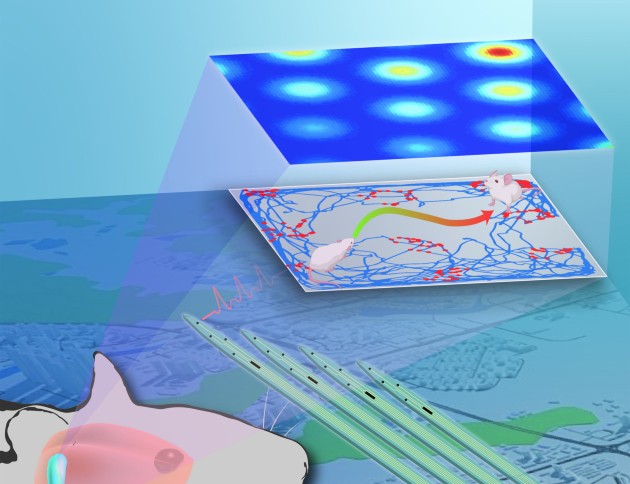 Micro Devices and Microsystems of Brain Computer Interface
Micro Devices and Microsystems of Brain Computer Interface
This special issue gives a comprehensive discussion of Micro Devices and Microsystems of Brain Computer Interface in the following key points: Neural Microelectrode Array, Microchips for Detection and Stimulation, Deep Brain Stimulation. Related papers with yearly progressive increase indicates that Micro Devices and Microsystems of Brain Computer Interface as promising micro- and nano-sensor technologies are of great interest. Thus, it is extremely important to promote the development of Novel Devices and Microsystems of Brain Computer Interface. We hope our readers enjoy finding out about work being done in the field of Micro Devices and Microsystems of Brain Computer Interface in Microsystems and Nanoengineering.
-
Collection |
ESI - Top 1% highly cited papers
Highly Cited Papers are defined as those that rank in the top 1% by citations for field and publication year in the Web of Science. These data derive from Essential Science Indicators (ESI). Please find below link for more details, https://clarivate.com/products/essential-science-indicators/
-
Collection |
Microsystems in the Clinic and Beyond

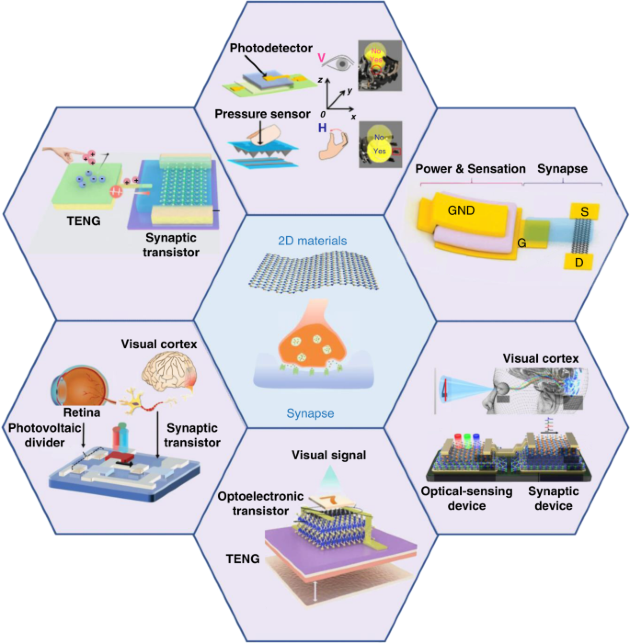 Selected Papers on Biochemical Detection Method and Systems in 2023
Selected Papers on Biochemical Detection Method and Systems in 2023